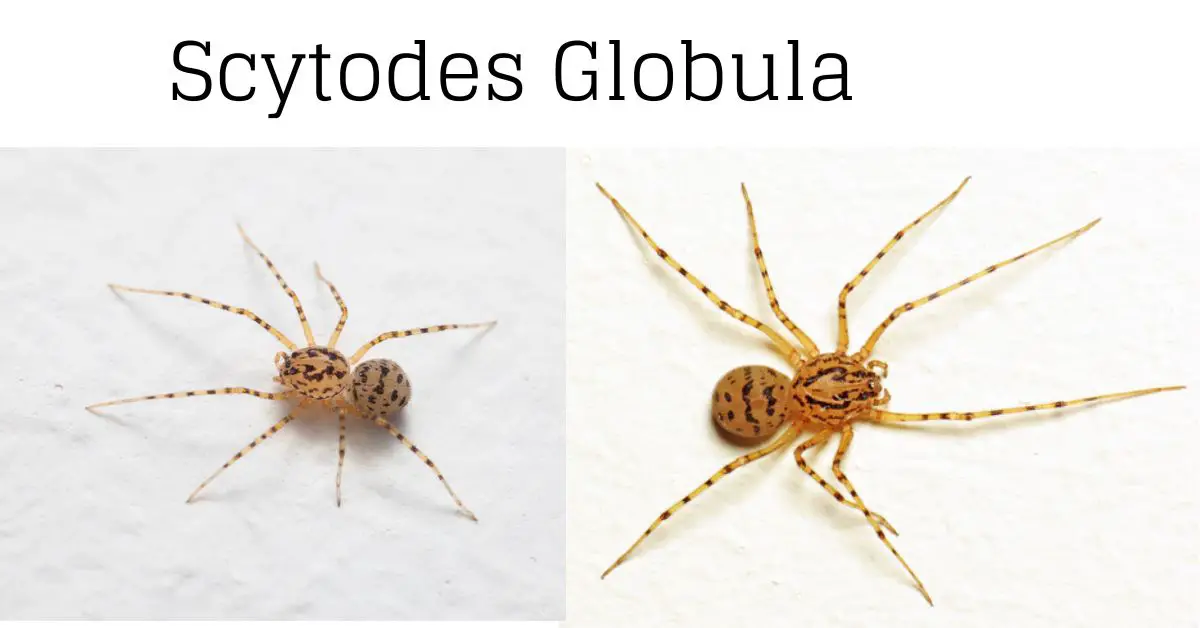In the heart of the lush rainforests, a tiny yet captivating creature called Scytodes globula thrives, showcasing the remarkable beauty and ingenuity of nature’s designs. This elusive spider, often referred to as the ‘spitting spider,’ is far from the typical eight-legged arachnid you might envision. Join me on a journey into the enchanting world of Scytodes globula, where we’ll unravel its unique traits, behaviors, and its vital role in the delicate balance of the ecosystem.
Spinning a Web of Intrigue
Unlike its web-spinning relatives, Scytodes globula has mastered an entirely different method of capturing prey. Instead of meticulously weaving intricate silk threads, it relies on an extraordinary technique – spitting venom. Imagine a tiny archer, armed with a droplet of venom as its arrow. This ingenious spider is capable of accurately spitting its venom over a considerable distance, immobilizing its unsuspecting prey with remarkable precision.
Mastering the Craft of Camouflage
Scytodes globula takes on yet another role as a master of disguise. Its body resembles a bizarre blend of colors, patterns, and shapes, allowing it to seamlessly blend into its environment. This camouflage serves both as a means of protection from predators and as a strategic advantage when hunting. As it patiently waits for its prey to approach, this stealthy spider remains virtually invisible, a true testament to nature’s artistry.
Dance of the Senses: Hunting and Feeding
The hunting ritual of Scytodes globula is nothing short of a mesmerizing dance. With its acute sense of touch and sight, it detects the slightest vibrations produced by approaching insects. Once the target is locked, the spider readies its venomous ammunition. A sudden, swift movement, and the venom is propelled with astonishing accuracy, leaving the prey immobilized. This hunting strategy showcases the spider’s calculated precision in ensuring its next meal.
Nurturing the Next Generation
Beyond its unique hunting tactics, Scytodes globula also demonstrates a caring side when it comes to its young. The female spider constructs a protective silk cocoon where she deposits her eggs. Unlike the more familiar orb-weavers, this spider doesn’t abandon her offspring. Instead, she stands guard, fiercely protecting her future progeny from any potential threats. Once the spiderlings hatch, they embark on their own journeys, equipped with instincts passed down through generations.
Scytodes Globula in the Ecosystem
While the spider’s prowess in hunting and survival is captivating, its role in the ecosystem is equally vital. Scytodes globula contributes to maintaining a balanced insect population, preventing any single species from dominating the habitat. This delicate equilibrium ensures that no single species overshadows the others, promoting biodiversity and the overall health of the ecosystem.
Related Posts:
Conservation Concerns and Future Prospects
In a world facing rapid environmental changes, the survival of Scytodes globula faces uncertainties. Deforestation, habitat loss, and climate fluctuations pose significant threats to this captivating spider and its rainforest home. Conservation efforts are crucial to preserving the intricate tapestry of life that this spider is a part of. By protecting its habitat and raising awareness about its importance, we can contribute to ensuring the continued existence of Scytodes globula.
Conclusion
In conclusion, the world of Scytodes globula invites us to marvel at the diversity of life forms that thrive on our planet. Its unique hunting techniques, camouflage mastery, and vital role in the ecosystem underline the intricate web of interdependence that defines nature. As we continue to explore and understand creatures like Scytodes globula, we gain a deeper appreciation for the wonders that surround us, reminding us of the importance of safeguarding these treasures for generations to come.




